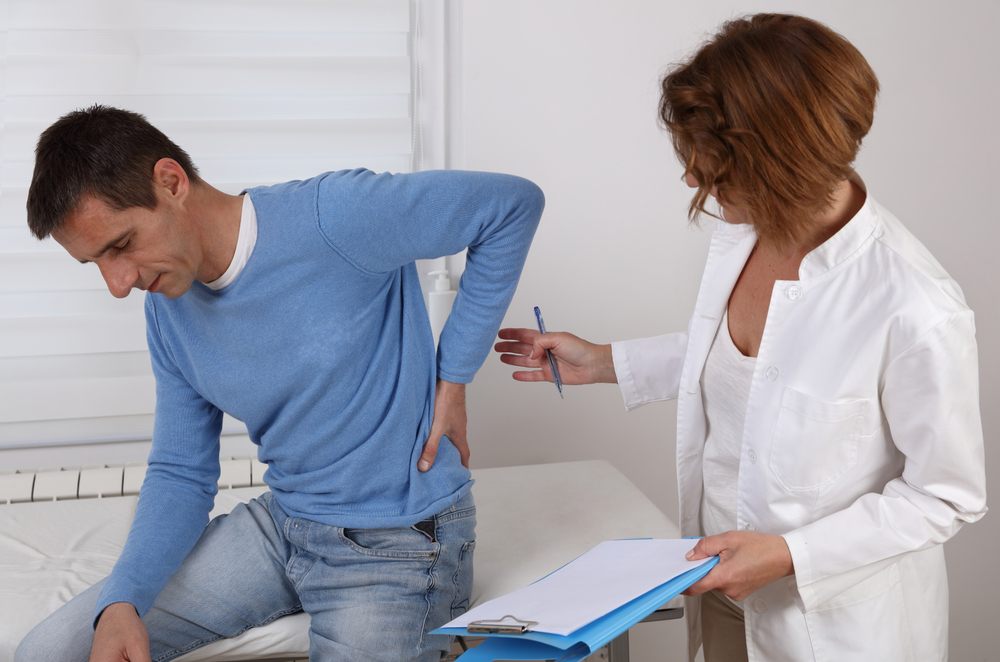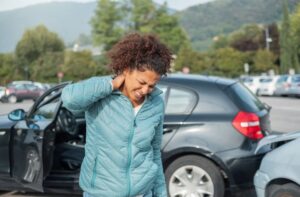Car accidents can lead to an endless combination of injuries, but some of the most common relate to the back. The spine’s fragile and complex nature leaves it particularly vulnerable to damage during a heavy impact, leading to spinal injuries ranging from minor aches to serious and life-threatening conditions. One of the most common ways these problems present is in the occurrence of lower back pain in car accident victims. This can happen for a number of reasons but is usually enough to cause discomfort if not debilitating pain. If you have been in an accident and are experiencing lower back pain, taking the appropriate steps to heal is critical.
Common Lower Back Injuries
The lower back is susceptible to particular kinds of pains due to the way the spine is constructed in this area. Not only is it composed of stacked vertebrae, separated by cushion-like discs that absorb shock, but the lower back is responsible for supporting the rest of the spine, placing it under pressure.
One of the most common types of damage in the lower back is damage involving the discs between vertebrae. The sudden impact of an accident can cause car accident injuries such as discs that shift out of place or even rupture. A disc that has been moved may protrude outside of its natural place in the spine and press onto surrounding nerves, causing that tingling sensation in your back and even pain. In some cases, the disc itself can rupture and its internal substance will spill out, causing contact with the nerves that leads to pain.
Lumbar sprains can also occur when the ligaments in the lower back are stretched or torn in response to trauma. This is similar to what occurs in whiplash but in the lower spine instead of the upper spine.
Sudden trauma like a car collision can also lead to a condition known as spinal stenosis, when the bone channel that holds the spinal cord and spinal nerves begins to narrow. A ruptured disc or loosened bone fragment may invade the spinal canal, placing pressure on the nerves and spinal cord.
Home Remedies for Lower Back Pain
Any back pain after an accident could be a sign of serious spinal injury and should be seen by a medical professional as soon as possible. But if you begin to notice pain in the lower back and need to manage the pain before your appointment, there are some simple home remedies to help you cope.
Rest is critical to allow any injury to heal. Avoid strenuous activities like sports and exercise and do not push yourself to do too much. However, prolonged rest – especially sitting for too long – can cause more damage as the spine begins to lose strength. Between rest, get up and walk around periodically to keep movement possible with gentle options. Over-the-counter pain medication can be used sparingly to manage pain after the initial injury, especially as some kinds have anti-inflammatory properties that can help. Alternating heat and ice therapy are also helpful.
Professional Treatment for Lower Back Pain
All spinal injuries should be evaluated by a professional, both to rule out any serious injuries and to help you begin the recovery process. Left untreated, even minor damage can become worse over time and lead to debilitating symptoms.
A chiropractor trained in car accident victims will be able to evaluate the spine for any misalignments and determine the best way to remove them. This involves manual manipulation, called adjustments, that help return the spine to a neutral state and take pressure off the surrounding nerves. Chiropractors often work with physical therapists as well, who will design gentle exercise routines designed to help the back regain strength, flexibility, and mobility.
Other professional treatments may be recommended as well. Massage can relieve tension and eliminate pain and many people swear by acupuncture to help restore proper energy and blood flow.
In some serious cases, an orthopedist or neurologist may be called in to assess injuries that require more invasive treatment. When symptoms are not abating or are worsening, steroid injections may be used as pain relief or surgery may become necessary. To avoid these procedures, following the routine suggested by your chiropractor and physical therapist is crucial and helps you to avoid future injury.





